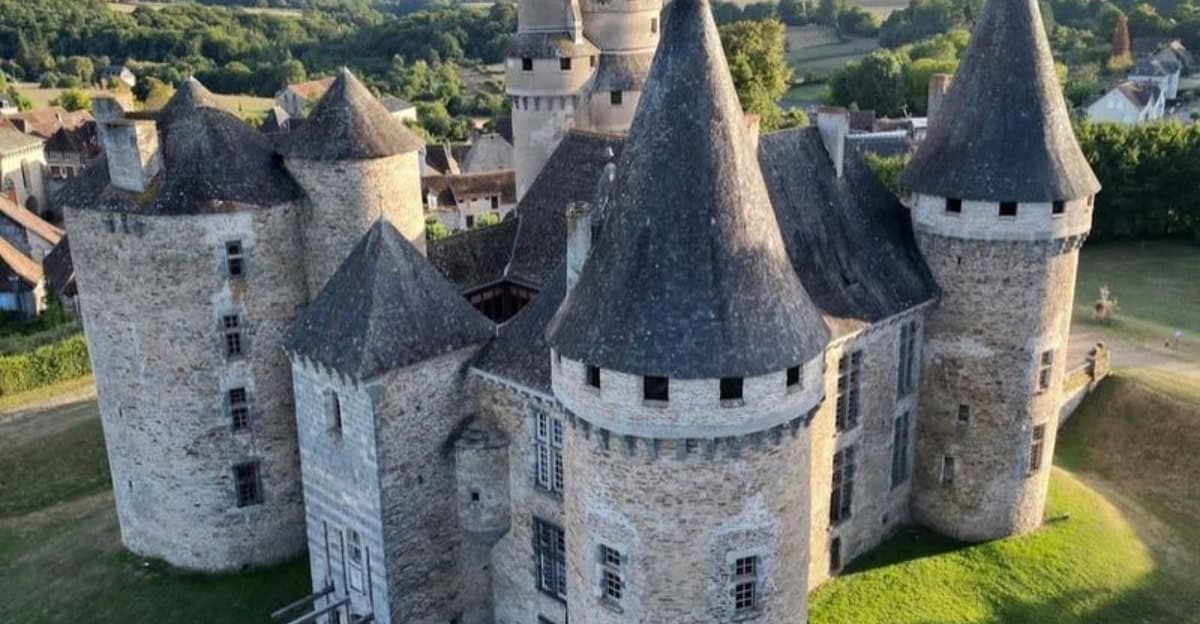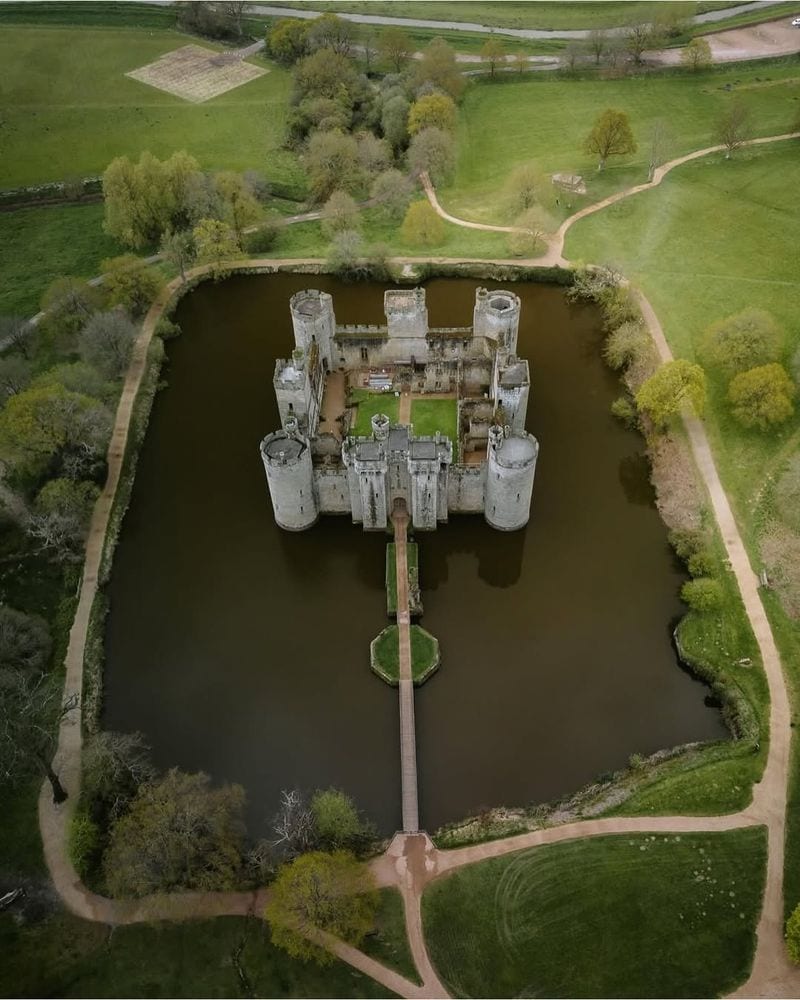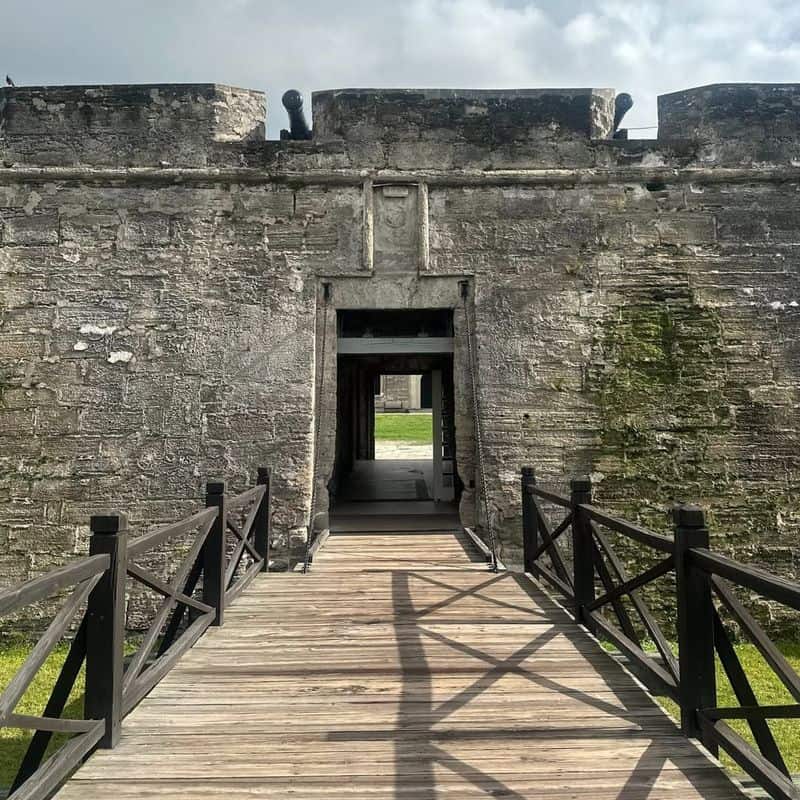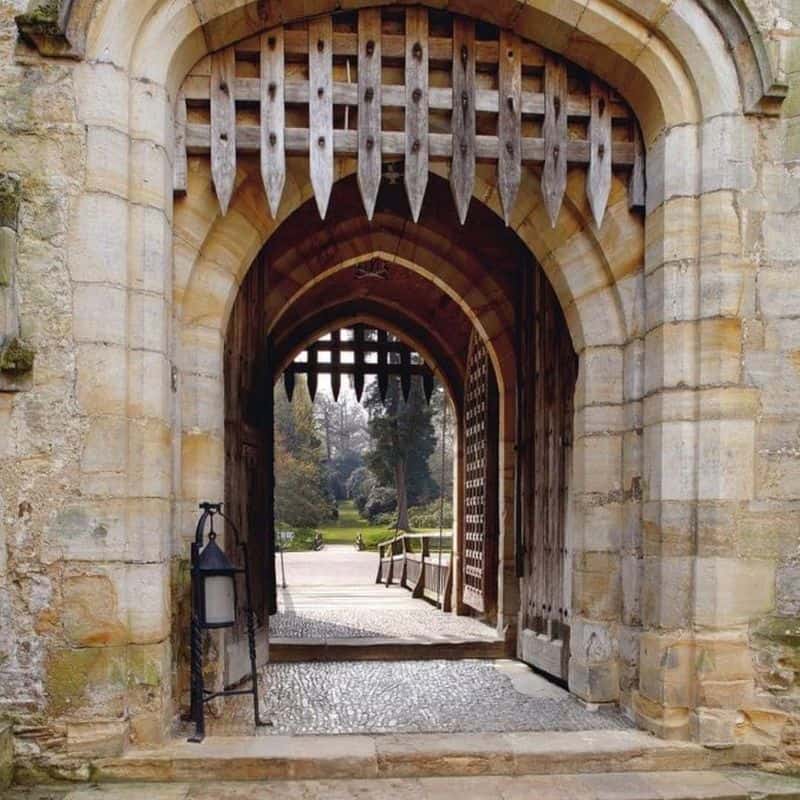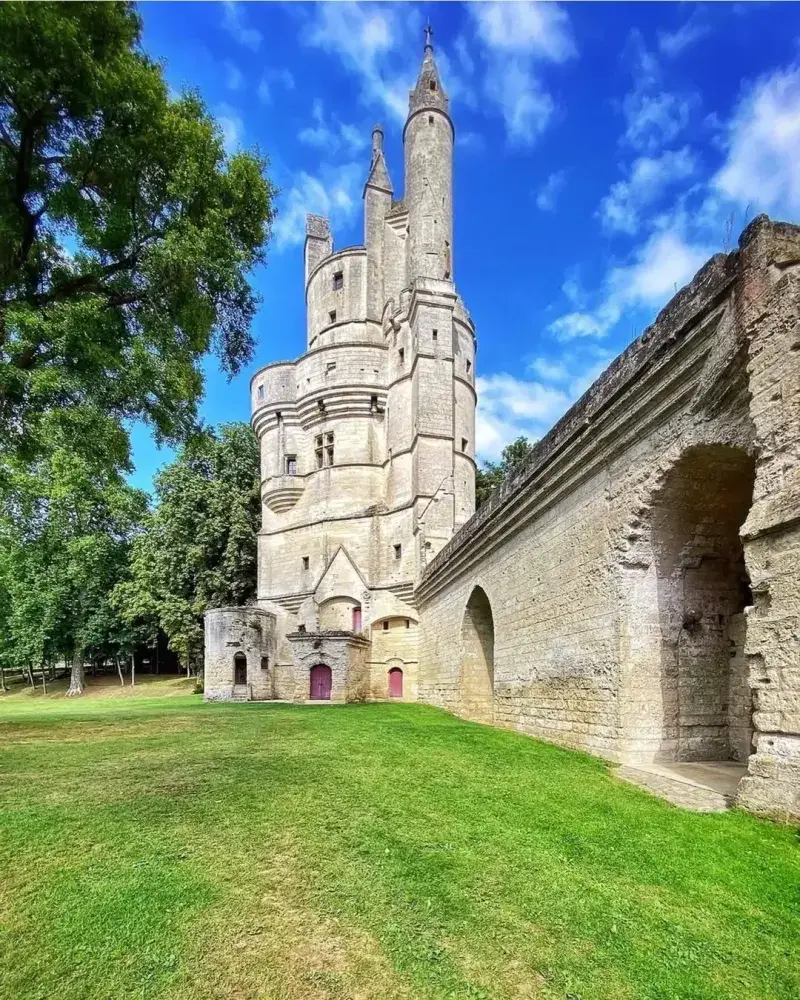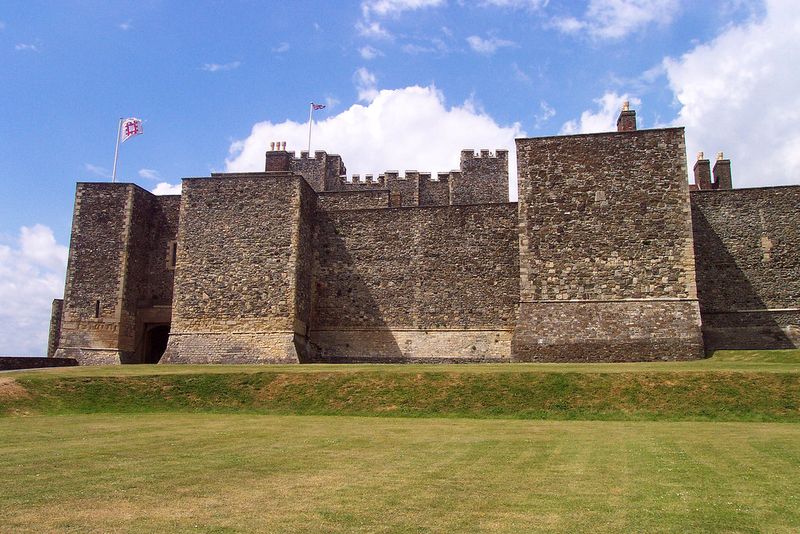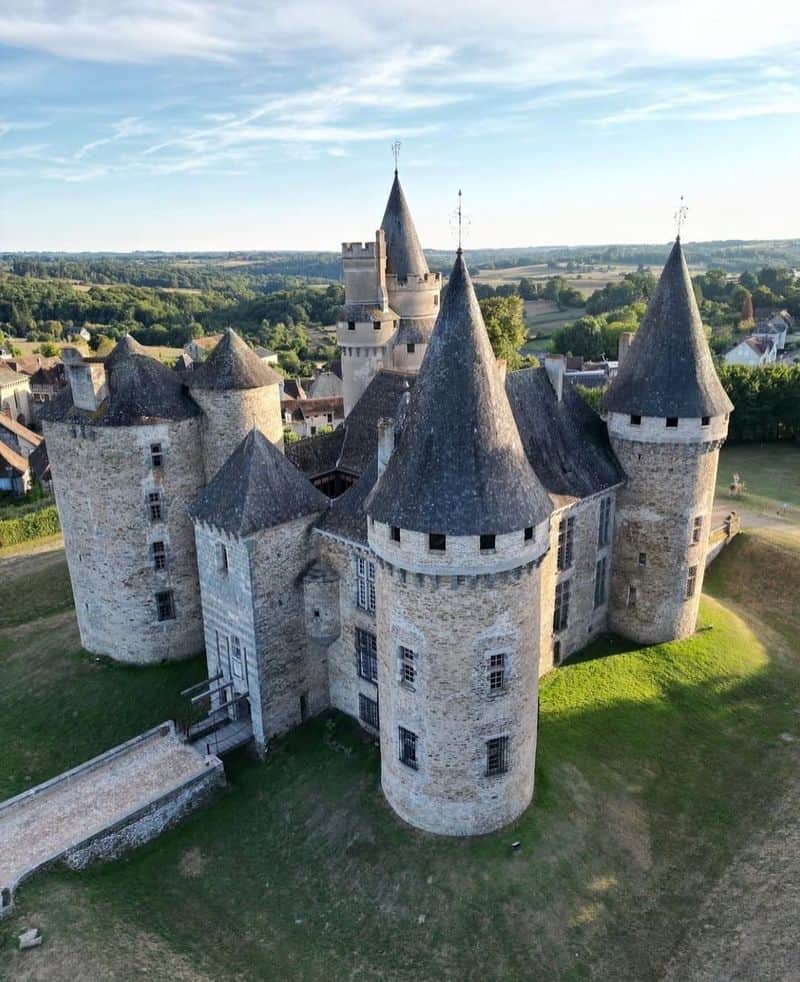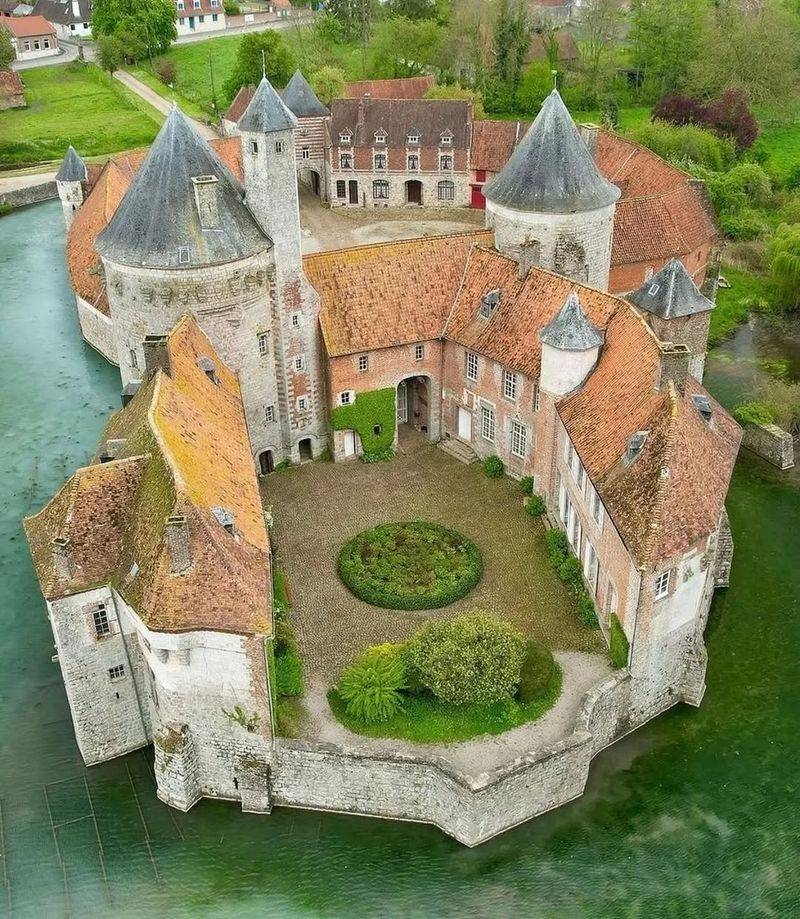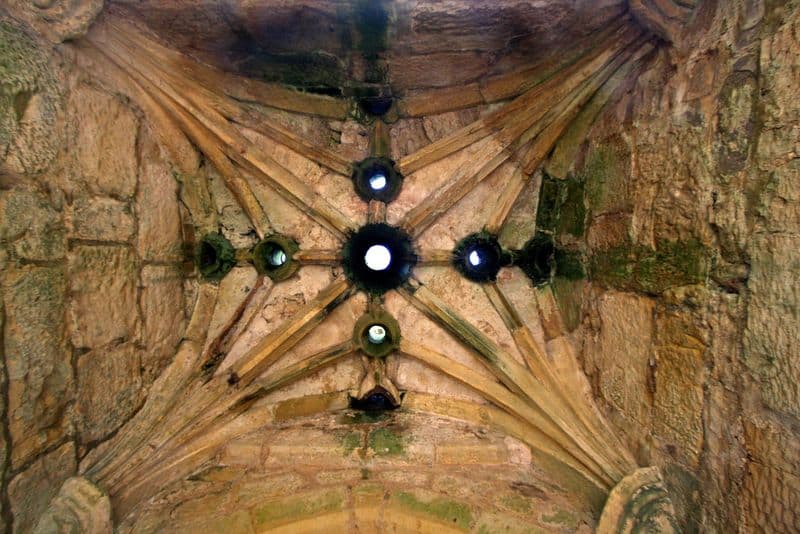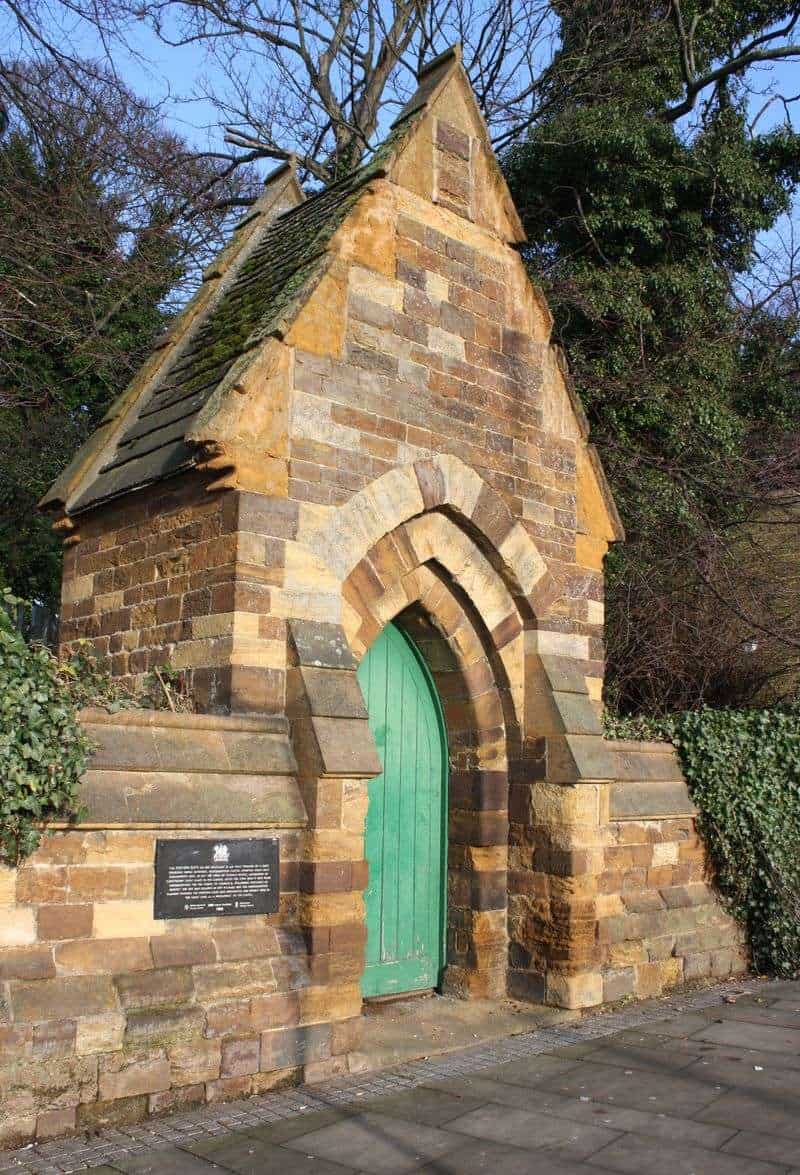Medieval castles are fascinating structures that combine both form and function. These architectural marvels were designed not just for beauty but also for defense and living.
Let’s explore 10 incredible features that made these castles truly stand out.
1. Moat
Ah, the moat! Picture a wide, watery boundary that encircles the castle like a protective hug. The moat was not just a charming water feature; it was a crucial defense mechanism.
With its murky depths, it deterred invaders and kept the castle secure. Imagine trying to swim across with armor weighing you down!
In the quiet of the night, the water would reflect the moon, creating a mystical scene. Moats could also be home to fish, adding a touch of life to the otherwise stern fortress environment.
2. Drawbridge
The drawbridge was the castle’s welcoming handshake—when it wasn’t being pulled up to block invaders! This massive wooden structure was a critical part of any castle’s defense.
By lowering it, friends could safely enter, and by raising it, foes were kept at bay.
Picture the creaking of wood and clinking of chains as the drawbridge is lowered, revealing the path to the castle.
It was both a gateway to royal feasts and a barrier against unwanted guests, embodying the dual roles of these fortresses.
3. Portcullis
Imagine walking up to a castle gate and being greeted by a heavy, spiked portcullis! This formidable barrier was dropped to block the entrance and keep intruders out. Made of iron and wood, it was both impressive and intimidating.
The portcullis was a medieval security system, often lowered with a dramatic crash that echoed through stone walls.
It was a final line of defense, guarding the castle’s heart with unwavering strength. In peaceful times, it would be raised, letting the sun spill into the entryway.
4. Keep (Donjon)
At the center of any castle stood the keep, or donjon, a symbol of power and refuge. These towering structures were the last bastion of defense, fortified with thick stone walls.
Inside, the lord and family would find safety during sieges.
The keep was more than just a fortress; it was home. Imagine climbing spiral staircases and peering through arched windows at the lands below.
In times of peace, it was a place of governance and feasting, echoing with laughter and lively banter.
5. Curtain Walls and Battlements
Curtain walls wrapped around castles like a protective cloak, reinforced by battlements that crowned their tops.
These towering walls were the first line of defense, standing tall against foes. Archers would station themselves in the crenellations, ready to repel attackers.
Imagine standing atop these walls, the wind in your face, watching the world beyond. The walls were not just barriers but walkways, providing vantage points and an imposing silhouette.
In peaceful times, they offered breathtaking views of the surrounding lands.
6. Towers
Castle towers were the eyes of the fortress, rising high with purpose. These structures allowed defenders to spot approaching enemies from afar. With narrow windows for archers, towers were a crucial part of the castle’s defense strategy.
Standing tall, they offered both protection and prestige, giving the castle its distinctive skyline. Imagine the view from atop, where the horizon stretched endlessly.
In times of peace, towers served as lookouts and even living quarters, blending utility with grandeur.
7. Bailey (Ward)
The bailey was the heart of castle life, a bustling hub of activity. This courtyard area was where soldiers trained, markets thrived, and day-to-day life unfolded.
Surrounded by towering walls, it provided a secure environment for all within.
Picture the lively scenes: knights honing their skills, children playing, and tradesmen selling their wares.
The bailey was the social center, where community spirit thrived. In quieter moments, it offered a sense of peace and security, shielded from the outside world.
8. Great Hall
The great hall was the castle’s living room, a place where stories were told and memories made. Imagine a grand space with a roaring fire, where the lord hosted banquets and discussed matters of state.
This hall was the social heart, filled with laughter and the clinking of goblets.
Tapestries adorned the walls, telling tales of valor and heritage. The great hall was also a place of judgment, where disputes were resolved under the watchful eyes of nobles and knights. It was a blend of elegance and authority.
9. Murder Holes
Despite their ominous name, murder holes were a castle’s secret weapons. These openings in ceilings allowed defenders to drop unpleasant surprises, like boiling oil, on enemies below.
Positioned above gateways and passages, they were an ingenious part of defensive strategy.
The sight of attackers retreating from an unexpected downpour must have been quite the spectacle! In times of peace, these holes were reminders of the castle’s readiness to defend its inhabitants.
Their existence speaks to the creativity and cunning of medieval architects.
10. Postern Gate
Sneaky yet essential, the postern gate was the castle’s secret doorway. Tucked away in the walls, it provided a covert escape route or entry point for trusted allies.
This small gate was a strategic gem, used for surprise attacks or discreet comings and goings. Picture the thrill of slipping through under the cover of night, the cold stone brushing against you.
The postern gate was a masterstroke of medieval design, proving that sometimes the smallest features serve the biggest purposes.

